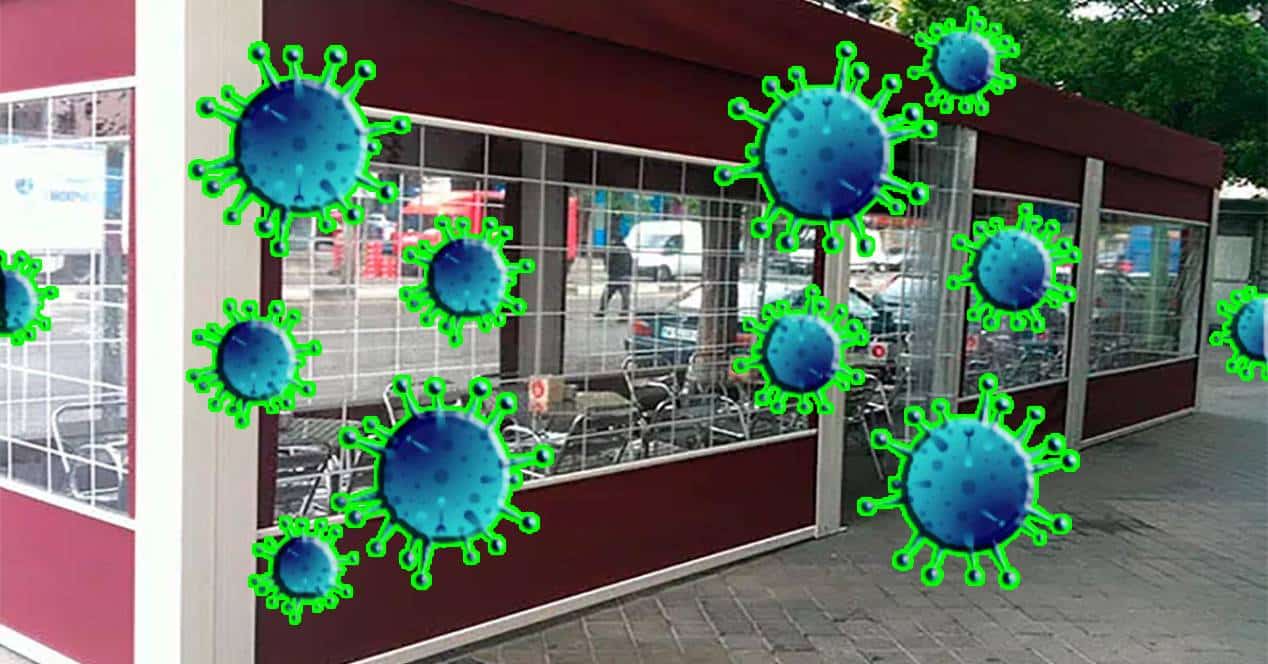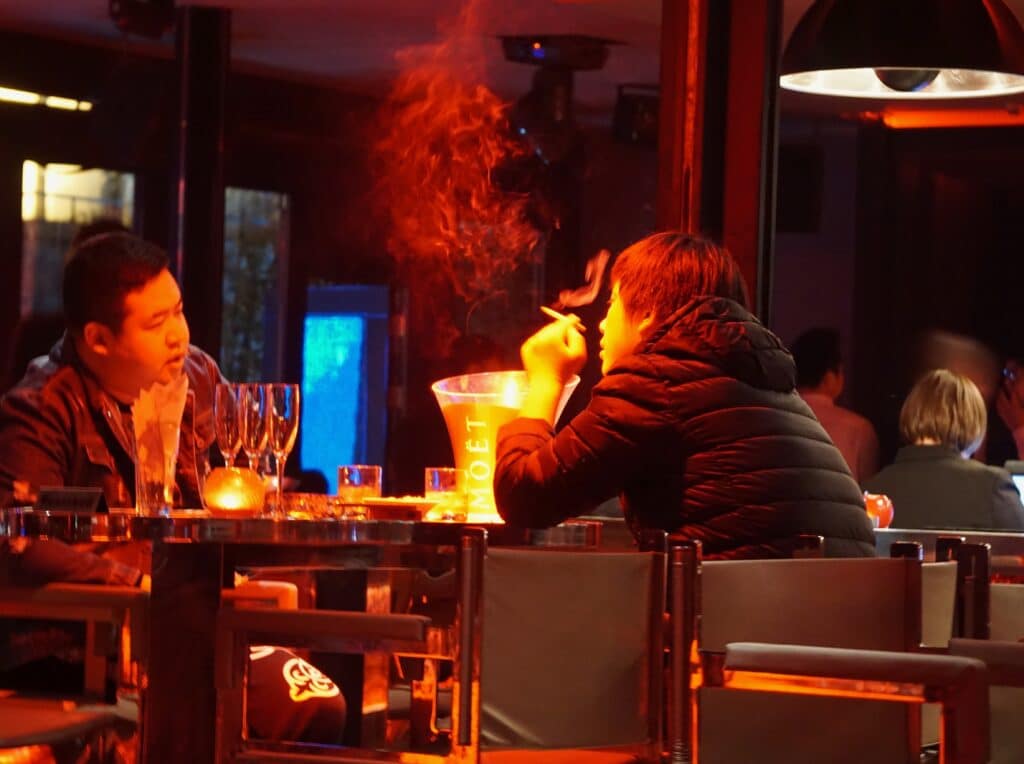
During the pandemic, eating outdoors poses a lower risk of transmission of COVID-19 than eating indoors, which is why it has become increasingly popular. But now that winter weather has brought colder temperatures and rain across much of the country, restaurants have begun enclosing these outdoor areas to keep diners warm and protected.
These enclosures may protect you from the elements, but are they actually any safer than eating indoors? Below we present the risks of outdoor tents, as well as ways to reduce the dangers of contagion if you choose to eat in one of these venues.
If you choose to dine out, wear a mask as much as possible, use hand sanitizer frequently, and only share bread with people in your household. Still, the surest way to avoid getting (or spreading) COVID-19 and support local restaurants is order takeout.
Are the terrace tents safe?
As enclosed outdoor options begin to resemble indoor dining, the advantage of outdoor dining diminishes.
In other words, if you build a roof and four walls around an outdoor space, it basically becomes an indoor space. The problem is that being inside, where there is no natural airflow, increases the risk of transmission.
And when you eat inside an open-air enclosure, you are often in close proximity to others, breathing the same air and not wearing masks. Remember that COVID-19 is transmitted primarily through respiratory droplets when an infected person coughs, sneezes, or speaks within two meters of another. Also, if the virus is transmitted through the air, it can reach distances greater than 2 meters and remain airborne for minutes or hours.
How to reduce the risk of COVID-19 when eating on a terrace?
Opt for the outdoors
The more open the outdoor space, the safer it will be. When there is a lot of fresh air circulating, contaminants like viruses tend to disperse or dilute. And that means a less chance of infection.
So, if you have the option of dining in a room with a roof and four walls or in an airy space that's less confined (with just one or two walls to block the wind), bundle up and choose the latter.
Make sure your table is situated at least a two meters from other diners, as social distancing remains essential for disease prevention, even outdoors.

Choose well-ventilated enclosures
Although good ventilation alone is not enough to stop the spread of COVID-19, it can help decrease transmission rates.
Although a breeze can make you feel cold in frigid temperatures, a draft could indicate that an enclosure has cool air circulating. Some enclosures such as tents tend to be highly leaky and therefore may have sufficient ventilation without an explicit ventilation system.
Still, that may not be enough for COVID protection, especially if the space is packed with customers. To make spaces safer, restaurants should install some form of mechanical ventilation. An excellent system would be to introduce filtered and heated outside air.
But even a portable ducted fan could be useful for improving airflow. Such a ventilation system would be visible (and probably audible) with air entering through a duct into the tent.
However, while these enclosed spaces may enjoy greater air circulation than an indoor setting, keep in mind that your risk of COVID is not as low as eating outdoors.
Find an air filtration system
Although a mechanical ventilation system like a fan can be easy to detect, what is less obvious is whether the air is leaking to detect COVID. Check the space (or ask the restaurant staff) to determine if there is an air filtration system, such as a portable air purifier.
Combined with other safety measures such as social distancing, mask wearing, and good hand hygiene, air purifiers can also help reduce the risk of transmission by reducing the amount of airborne contaminants, including viruses such as COVID-19, in a closed environment.
Make sure the restaurant sanitizes between customers
Frequently disinfecting enclosed outdoor spaces can also help keep you safe.
Tents need to be sanitized between uses and this can be done relatively quickly with ultraviolet light, hydrogen peroxide generators, or a variety of similar sanitizing mechanisms.
If you're unsure about a restaurant's sanitizing procedures, you can always call and ask before you dine.